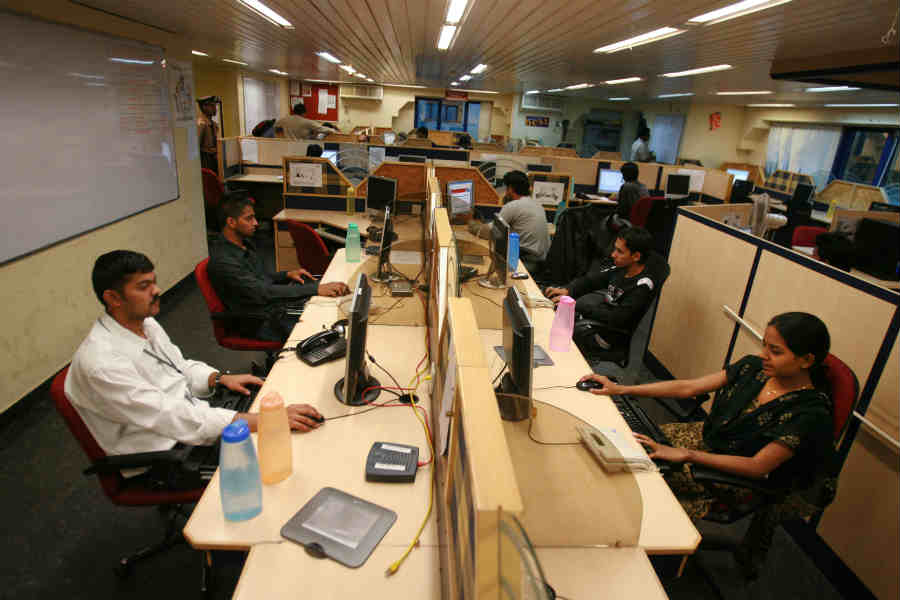
A panel appointed by India’s finance ministry recommended a 23.55 percent increase in the salaries and allowances of federal government employees, a move that may boost consumption in Asia’s third-largest economy and derail plans to curb the region’s widest budget deficit.
The changes suggested by the Seventh Pay Commission will benefit as many as 4.7 million workers and about 5.2 million pensioners and will take effect starting Jan. 1. The government will need to spend 1.02 trillion rupees ($15.4 billion) in the year starting April 1 if the recommendations are accepted.
While a higher payout puts at risk Finance Minister Arun Jaitley’s goal of narrowing the deficit to 3.5 percent of GDP, more cash in the hands of consumers without matching steps to raise supply may fan inflation, undermining efforts by the central bank to cap gains in prices. Consumer price-gains accelerated to 5 percent in October from a year earlier as food costs surged, matching the Reserve Bank of India’s goal for March 2017.
“We see a permanent fiscal stimulus of about $50 billion over the next two years,” Jay Shankar, an economist at Religare Securities Ltd., wrote in a report on Friday. It will raise expenditure by about 0.7 percent of GDP, making the deficit target “impossible to achieve,” he said.
Fiscal Roadmap
The government is confident of sticking to its fiscal deficit roadmap, Shaktikanta Das, economic affairs secretary, said in an interview to Bloomberg TV India. The administration aims to shrink the shortfall to 3 percent of GDP in the year through March 2018 after reaching its 3.5 percent goal.
India spent a net 221 billion rupees when it last raised salaries following the 2008 pay panel recommendations for a raise of about 35 percent to 40 percent. Jaitley in August projected an increase of 16 percent in government salaries in the year through March 2017, including back pay adjustments based on the panel’s suggestions and a 10 percent increase the following year.
While staff pay is adjusted for inflation every six months through the so-called dearness allowance, fixed salaries are revised once in about 10 years.
Under the proposed changes, the maximum pay would more than double to 250,000 rupees per month from the current 90,000 rupees, while the minimum salary would jump to 18,000 rupees, from 7,000 rupees.